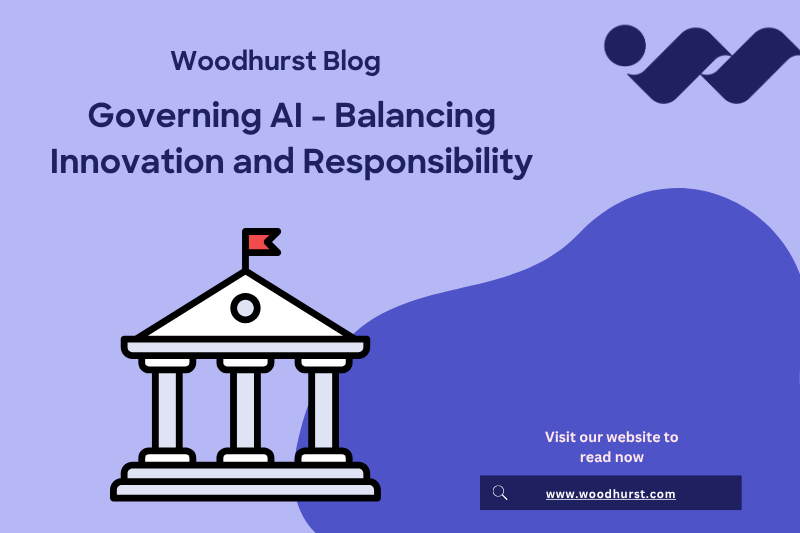If you picked three members at random, you’d probably get:
- One who religiously saves every month,
- One who uses their savings account as a glorified piggy bank
- And one who thinks “ISA” is short for “Is A Mistake.”
Yet they all get the same emails, the same interest rates and the same exclusive offers.
You’re treating wildly different people the same—and then wondering why your engagement metrics look like a haunted house.
That’s where clustering algorithms come in. They’re like X-ray specs for your member data—and no, you don’t need to bribe anyone with biscuits to understand what’s really going on.
What the Heck is a Clustering Algorithm?
Imagine walking into the world’s biggest supermarket. No signs, no aisles, no categories—just tens of thousands of products dumped in the middle of the floor. Toothpaste next to tins of tuna. Bananas mixed in with batteries. Somewhere in there, probably a pet hamster.
That’s what raw member data looks like.
Clustering is like hiring someone to walk in, look around, and start organising it into meaningful sections. Then suddenly, someone points and says:
“Hey, did you know this pile is full of people who open a savings account, dump in £500, and never touch it again? Meanwhile, this other group is using their savings account like a current account?”
Technically speaking, clustering is an unsupervised machine learning method that groups similar data points together based on patterns, without needing predefined labels.
Understanding Member Savings habits – Case Study
Let’s say you’ve collected two data points:
- Deposit frequency (how often money goes in)
- Withdrawal frequency (how often money comes out)
If we plot every member on a graph using these two dimensions, you’d get a big, blurry scatterplot – a beautiful mess of dots. But it’s impossible to tell who’s who, something like below.

Now we throw in K-Means Clustering.
K-Means finds natural groupings in your data by measuring which members behave similarly. You tell it how many clusters (K) you want—let’s say 4—and it figures out which members “belong” together.
It’s like the algorithm saying:
“You look a bit like this average member, so I’ll group you with them.”
Now your big mess of dots starts to take shape.
Let’s Add Some Colour: Interpreting the Clusters
Now that your members are grouped by behaviour – not assumptions – here’s what we might learn from those clusters:
Blue Cluster: Consistent Savers
These people have high deposit frequency and low withdrawal frequency. They’re likely disciplined savers working towards specific financial goals.
So what can we do to encourage more of this?
- Reward them with bonus interest or loyalty perks?
- Offer goal-based saving tools (e.g. “Save for a Trip”)?
- Push auto-deposit features to deepen the habit?
Yellow Cluster: Cash Flow Managers
These members make frequent deposits and withdrawals – using their savings account like a flexible cash buffer.
So, what can we do to support their cash flow?
- Offer spending insights or budget tracking
- Introduce round-up saving features
- Recommend or connect a current account (to make it easier) or an overdraft buffer
Green Cluster: Passive Savers
Where are these people?! We barely see them, because they are making low deposits and low withdrawals
So what can we do to engage them?
- Send targeted re-engagement campaigns
- Offer a limited-time deposit bonus
- Run a quick survey to understand what’s missing
Purple Cluster: Irregular Spenders
Oh no, these people are leaving! They are making Low/no deposits but making high withdrawals. They are either less interested or they are vulnerable and draining their savings (which because of consumer duty and personal morale reasons, you want to help them).
So, how can we help?
- Promote financial wellness tools or micro-saving nudges
- Recommend emergency fund planning
- Offer short-term credit safety nets or support services
Beyond the clusters: Turning insights into action
Now that you’ve wrangled your weird and wonderful members into clusters, you can stop guessing— and start helping them.
This is where the magic happens. Not just better insights, but better outcomes. The kind that support real financial wellbeing. And yes, that also happens to tick a few boxes for Consumer Duty.
Say a Consistent Saver is quietly chugging along towards their ISA goal. You could nudge them just before the tax year end with a:
“You’re 92% there—want to finish strong?”
Or maybe an Irregular Spender just drained half their balance after a hectic week. Instead of radio silence or a generic sales email, they get:
“Tough week? We’ve got some quick cash flow tips if you’re feeling the squeeze.”
Small prompts. Big impact. Delivered through the right channel—app, email, SMS, a chat at the branch desk, or even a widget on the login screen. The key is making support feel like support, not spam.
Some of the fintechs in our SHIFT community are already helping Financial Institutions do this brilliantly. Take Planda, for example—they don’t just personalise what you say, but when and how you say it.
“Layering hyper-personalisation on top of clustering enables ongoing, proactive guidance that nurtures long-term financial resilience. Over time, this tailored, data-driven support reduces stress, increases confidence, and fosters a deeper sense of trust—making financial wellbeing a true partnership between the customer and their institution.”
— Sam Brown, Founder of Planda AI
This is what it looks like when you move from data-driven insights to human-centred action. Fewer guesswork campaigns. More meaningful moments.
Final Thoughts
Like most good things, this only works if your data is mature enough. You’ll need clean, consistent, and reasonably comprehensive datasets before throwing algorithms at the problem. (P.S. Woodhurst can help you with optimising your data strategy to unlock the hidden insights).
But with strong data foundations, the possibilities for clustering are huge. The above is a simple example using two variables. Add spending data, and you could cluster by lifestyle, serve thin-file lending clients with positive habits, or uncover underserved behaviours to prioritise innovation.
This isn’t about labelling your members. It’s about learning from their behaviour – and giving them what they actually need.
Not all savers are alike. Not all borrowers are risky. Not all disengaged users are lost. But treat them like they are, and you’ll lose the members who don’t want to be generic.
Your members are weird. But wonderfully so. And your data knows them better than you do.






